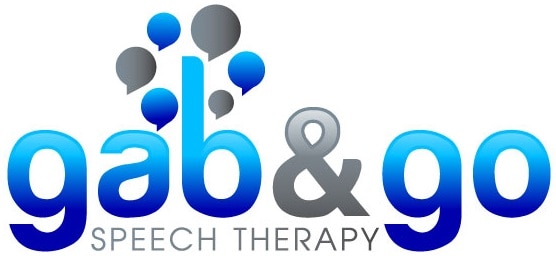22 April 2024,
AAC stands for Augmentative and Alternative Communication. Augmentative Communication includes strategies that supplement verbal speech or current communication strategies, such as a child who presents with apraxia of speech and who utilizes a high technology speech generating device when they have difficulty communicating with their verbal speech. Alternative Communication refers to any strategies that are used instead of verbal speech. For example, an individual who can not use their verbal speech due to a medical diagnosis, may use a device that can communicate for them based on where they look at a screen. There are many forms of AAC ranging from low-technology, which includes pictures/symbols they point to on a communication board to high-technology systems which includes an iPad with a program that speaks what they type or touch.

Specific examples of low-technology systems include communication books, communication boards and E-Tran boards which allows an individual to look toward a letter or symbol of their choice. Mid-technology systems include the use of switches you can press to deliver a pre-recorded message or put objects near to say a prerecorded message such as the ProxPad. High-technology AAC devices include iPad/tablet-based systems that communicate for the user through touch, eye gaze, switches and small muscle movements by using EMG (electromyography). Vendors from companies such as Tobii Dynavox, PRC Saltillo and Control Bionics can be consulted for clients who may benefit from high technology AAC.
By: Sara Ridgway
